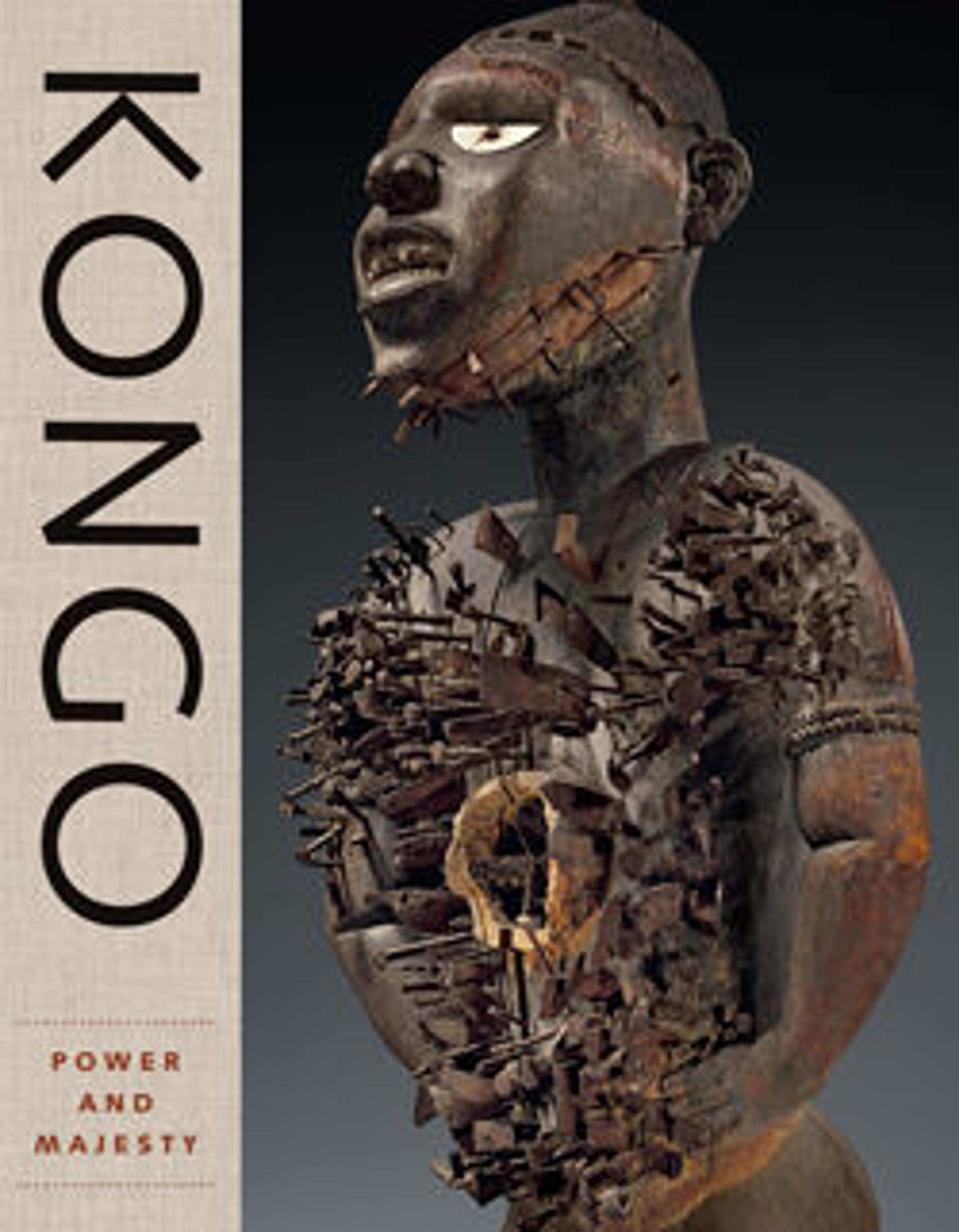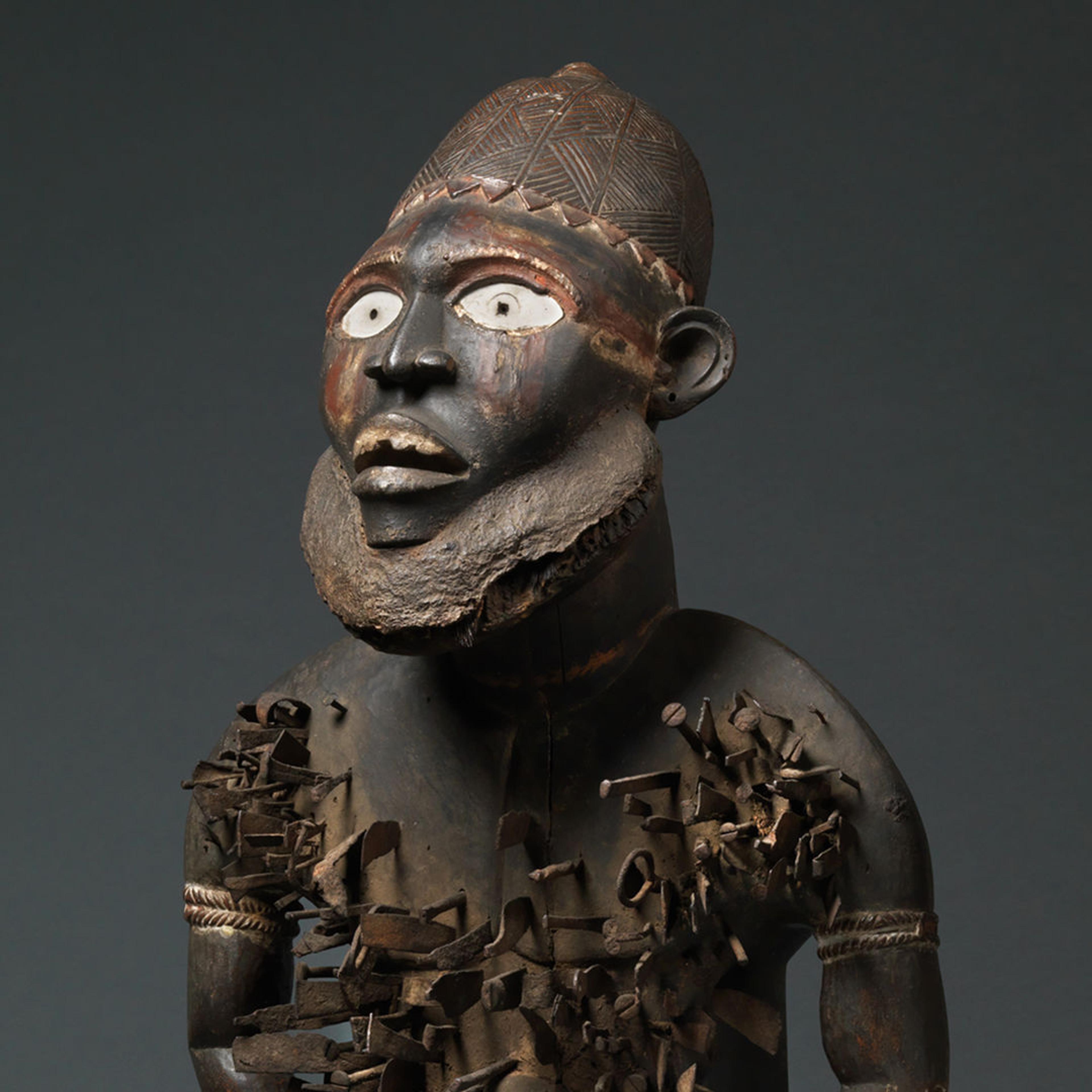Kongo: Power and Majesty
A fascinating account of the effects of turbulent history on one of Africa’s most storied kingdoms, Kongo: Power and Majesty presents over 170 works of art from the Kingdom of Kongo (an area that includes present-day Republic of Congo, Democratic Republic of Congo, and Angola). The book covers 400 years of Kongolese culture, from the fifteenth century, when Portuguese, Dutch, and Italian merchants and missionaries brought Christianity to the region, to the nineteenth, when engagement with Europe had turned to colonial incursion and the kingdom dissolved under the pressures of displacement, civil war, and the devastation of the slave trade. The works of art—which range from depictions of European iconography rendered in powerful, indigenous forms to fearsome minkondi, or power figures—serve as an assertion of enduring majesty in the face of upheaval, and richly illustrate the book’s powerful thesis.
Met Art in Publication
Citation
Giuntini, Christine, James Green, Ellen G. Howe, Adriana Rizzo, Kristen Windmuller-Luna, Alisa LaGamma, Phyllis Martin, John K. Thornton, Josiah Blackmore, and Metropolitan Museum of Art (New York, N.Y.), eds. 2015. Kongo: Power and Majesty. New York: The Metropolitan Museum of Art.

